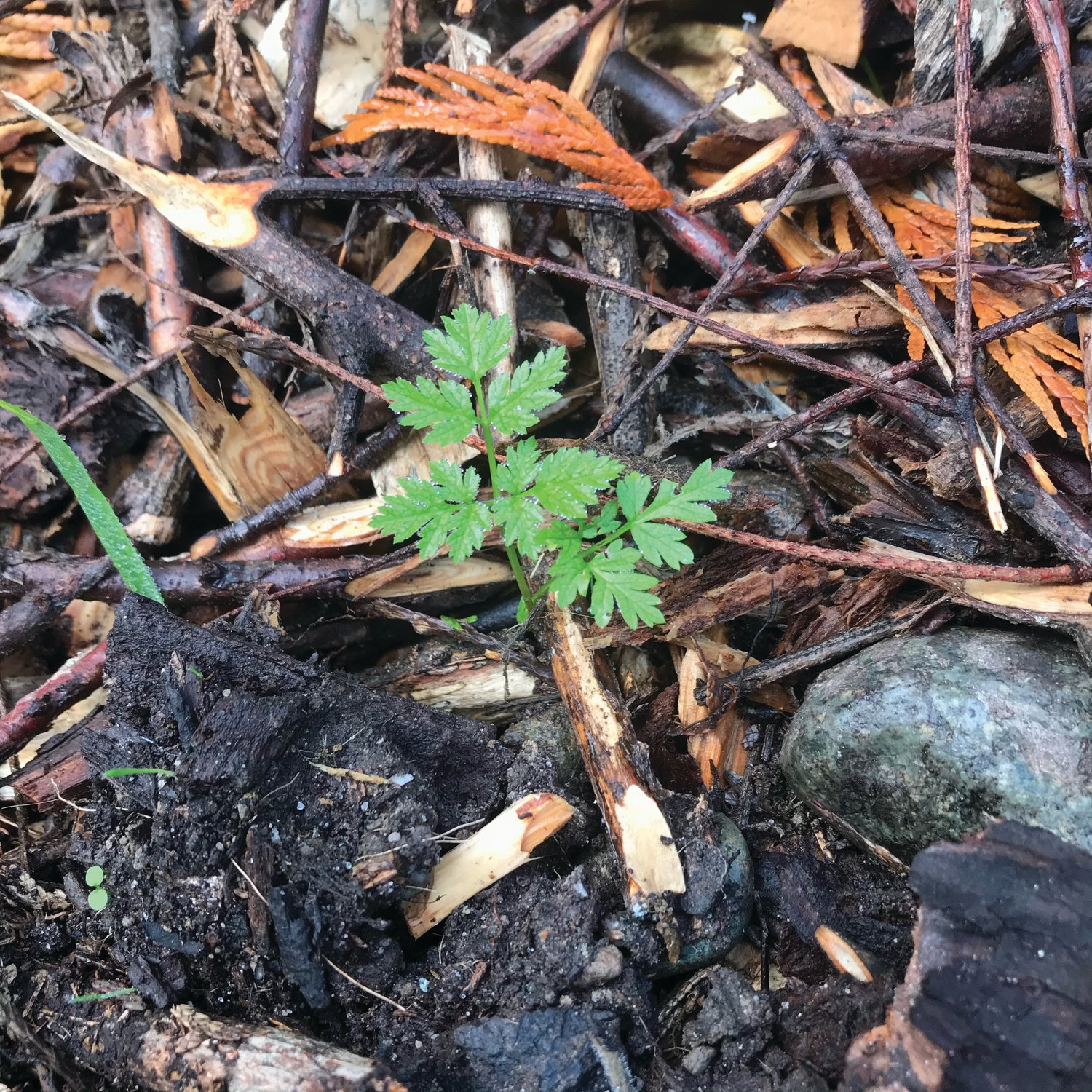“Many things grow in the garden that were never sowed there.” - Thomas Fuller, “Gnomologia,” 1732
Since the advent of agriculture some 10,000 years ago, weeds have fought …
This item is available in full to subscribers.
We have recently launched a new and improved website. To continue reading, you will need to either log into your subscriber account, or purchase a new subscription.
If you had an active account on our previous website, then you have an account here. Simply reset your password to regain access to your account.
If you did not have an account on our previous website, but are a current print subscriber, click here to set up your website account.
Otherwise, click here to view your options for subscribing.
* Having trouble? Call our circulation department at 360-385-2900, or email our support.
Please log in to continue |
|

“Many things grow in the garden that were never sowed there.” -
Thomas Fuller, “Gnomologia,” 1732
Since the advent of agriculture some 10,000 years ago, weeds have fought with our treasured crops and landscape plants.
Weeds are often defined as plants growing where we don’t want them, but that doesn’t tell the whole story. A better definition includes plants that are competitive, persistent, invasive, and harmful. Weeds can damage plant and animal habitat, obstruct sight lines, interfere with water drainage, increase streambank failure, create fire hazards, and present toxicity dangers to people, pets, and livestock.
Although gardeners will always have weeds to contend with, November is a good time of year for a little prevention, with simple steps to gain the upper hand in the perpetual battle.
Cover bare ground. Space in a garden usually goes to the first plant that shows up to occupy it. Ground covers, including kinnikinnick, coastal strawberry, woolly thyme, or little star creeper are a great way to avoid bare soil. Cover crops like crimson clover, winter rye, hairy vetch, or a mix can also be used to aid in weed control and improve soil. There is still time to plant on moderate November days when temperatures are above freezing and the soil is not too soggy.
Catch them young. It’s easiest to discourage a weed before it’s had a chance to establish itself. Remove small rosettes of fall-germinated weeds like hairy bittercress (shotweed), dead nettle, and herb-Robert. After hand-pulling or cutting, weed seeds can remain viable for years, so cover exposed soil with several inches of loose mulch such as wood chips, shredded leaves, or straw. Mulching will help discourage further seed production, preserve soil moisture, and prevent erosion and compaction. If you can, replant with natives or other desirable plants as fall conditions permit.
Consider your alternatives. Chemical herbicides can cause numerous issues. They may damage nearby plants, beneficial microorganisms, insects, and pollinators, as well as cause runoff, persistence in soil, and weed resistance. A better approach is to choose from a variety of available mechanical, cultural, and biological control techniques. WSU Extension offers a series of fact sheets on specific weeds and how to identify them, with recommended actions: www.hortsense.cahnrs.wsu.edu/Search/MainMenuWithFactSheet.aspx?CategoryId=6.
Special considerations. Some weed species are designated as noxious by the state due to the harm they cause to agriculture, range and forest lands, roadsides, or waterways. They also create havoc in home gardens, neighborhoods, and parks by out-competing beneficial plants and creating fire or toxicity hazards. Efforts to control them can be done now, and at any time during their lifecycle.
Here are a few locally widespread examples:
Scotch broom (Cytisus scoparius) is flammable and toxic to wildlife. Hand pulling, or removing larger plants with a weed wrench, can be effective, but can also carry weed seed to the surface for further germination. If it’s impractical to pull all the plants, cut each stem as close to the ground as possible. Revisit the area from time to time and cut any re-growth while it’s small. Mulch or replant as soon as you can.
For Himalayan blackberry (Rubus spp.), cultivating (rototilling or hoeing) will effectively eliminate plants over time. Mowing to prevent seed production can also work. If the plants are intertwined with desirable plants, or on a steep slope where mowing or cultivation is difficult, cut the plants to the ground, and remove regrowth when it’s small. This will deprive the plants of their leaves for photosynthesis, and give desired plants time and room to spread.
With poison hemlock (Conium maculatum), all parts of the plant should be carefully removed, using protective clothing and gloves, and discarded in the trash. The plant contains toxic alkaloids which can be fatal to people and animals if ingested. Accurate identification is critical, as poison hemlock can be confused with parsley, Queen Anne’s lace, parsnip, wild carrot, or anise.
Master Gardeners at the Online Plant Clinic are always available to help with plant IDs and recommended approaches at www.extension.wsu.edu/jefferson/gardening-2/plant-clinic/.
NEW: Registration opens Nov. 14 for WSU’s Home Horticulture Class, offered weekly on Saturdays from 9 a.m. to noon, Jan. 9 through April 24. The course is taught by WSU faculty, staff, Master Gardeners, and other regional experts. A limited number of spots are available. Go to jefferson.wsu.edu to learn more.
(Barbara Faurot is a Jefferson County Master Gardener and Master Pruner, working with other volunteers who serve as community educators in gardening and environmental stewardship.)